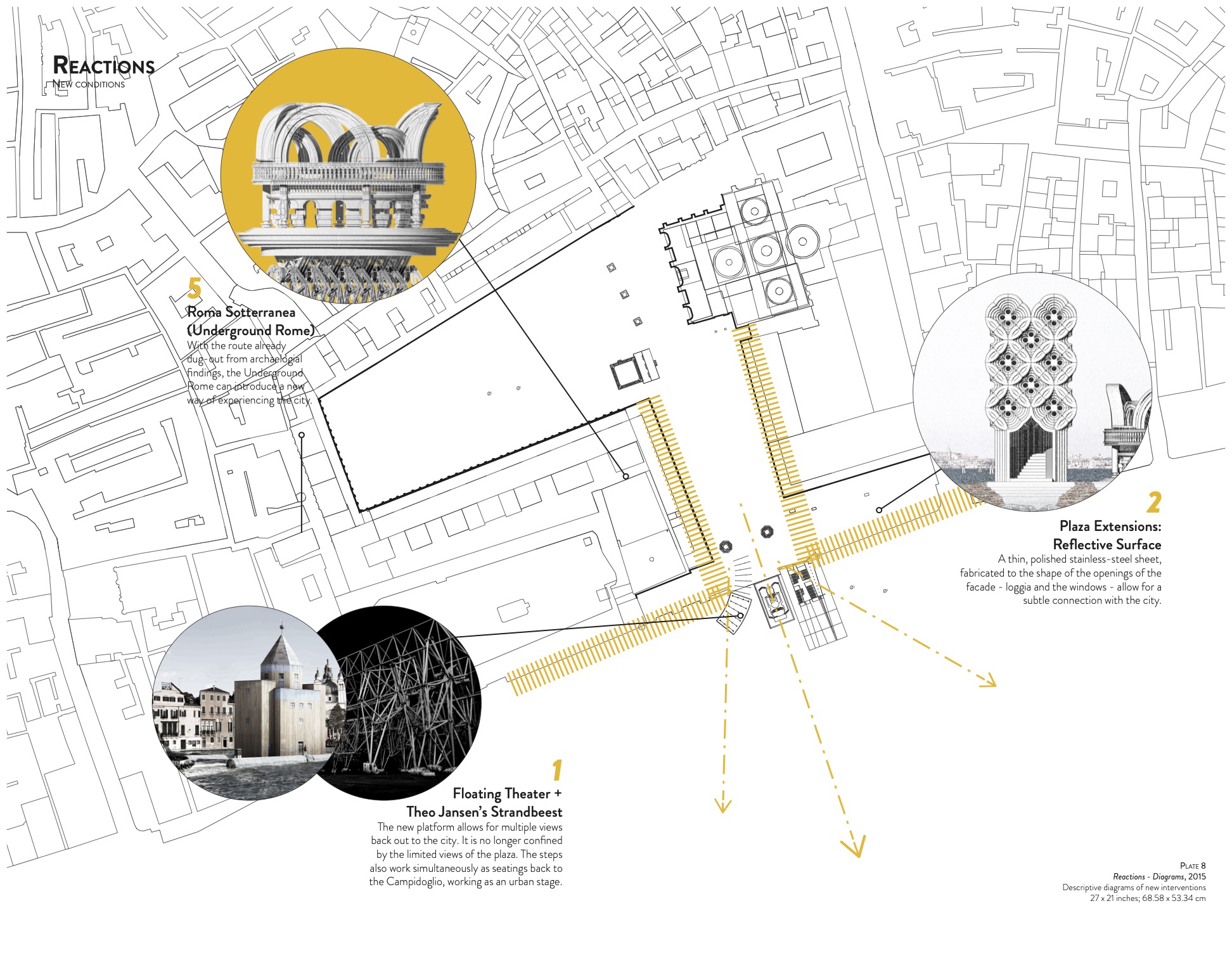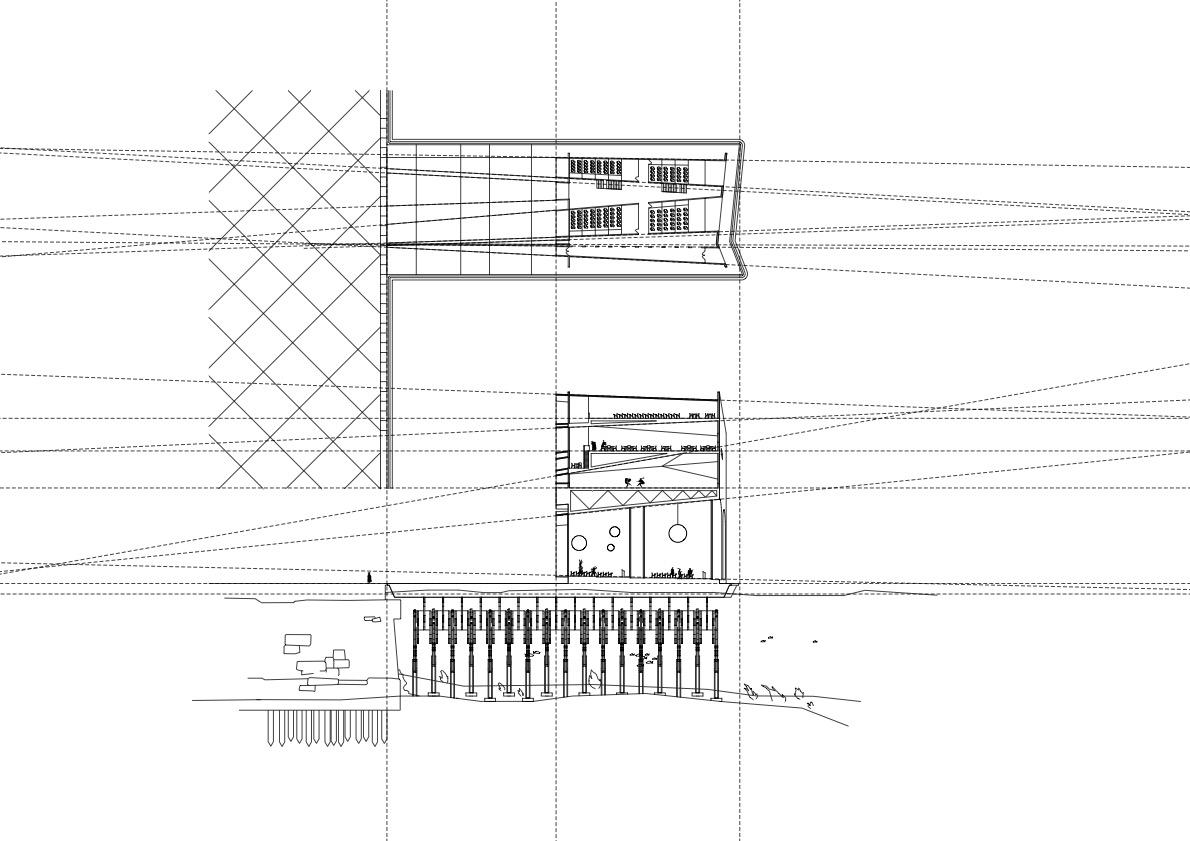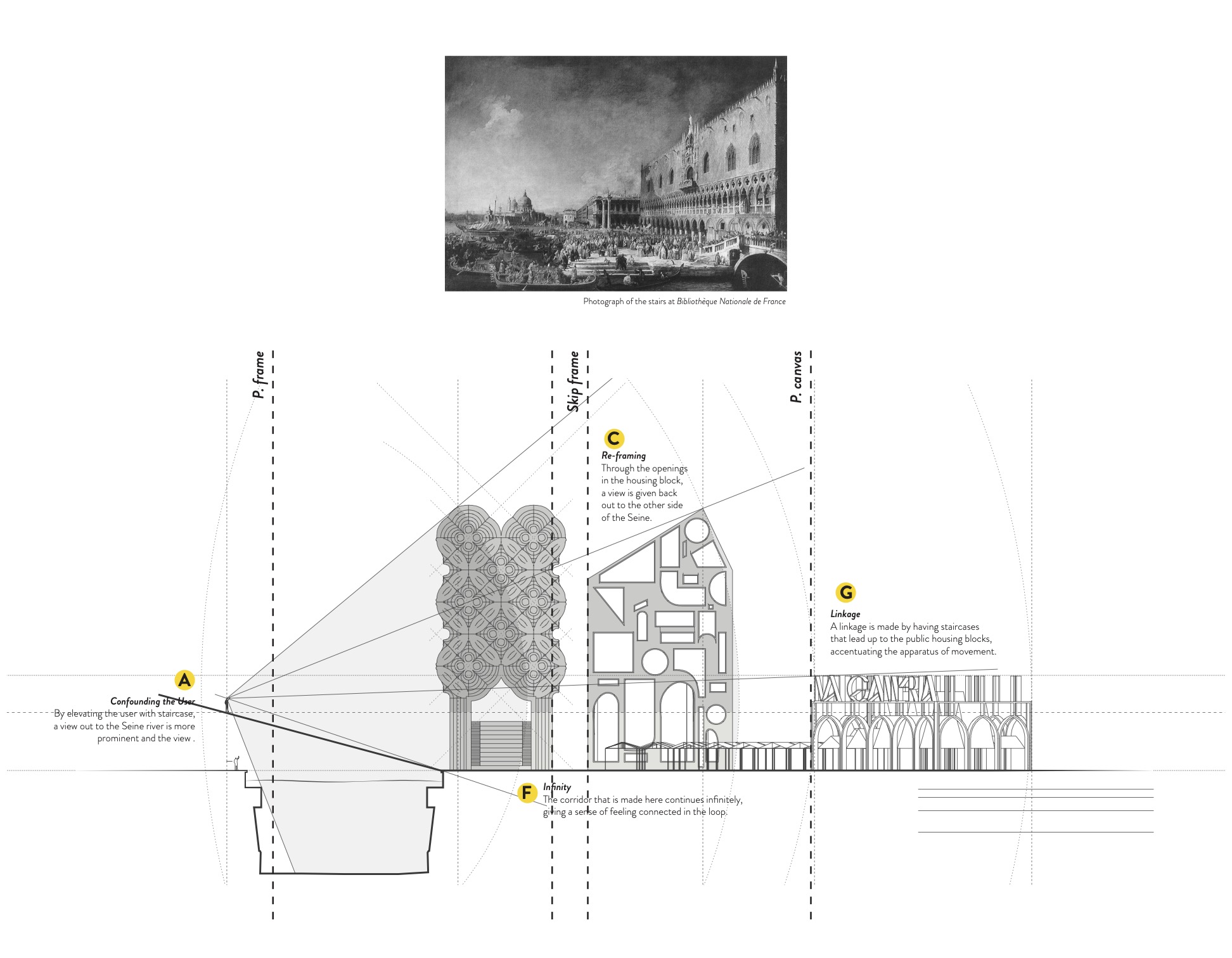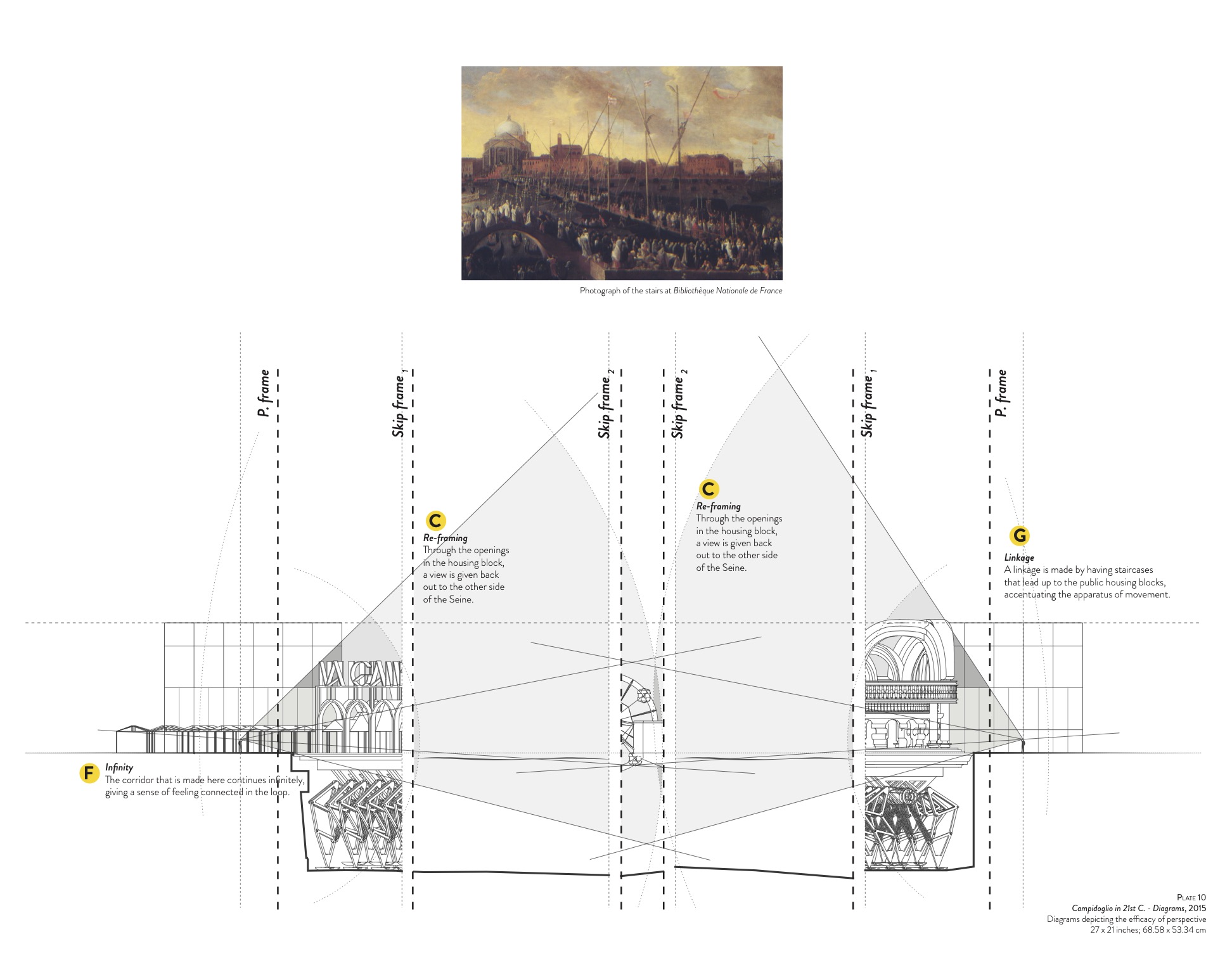Talking City
“University Island” Competition Submission
Venice is an aging testament to man’s hubris. Although geographically favorable for commerce and fortification, the Venetian Lagoon proved incredibly difficult to build on due to its silty foundation. But the city proceeded to trade and expand. Marshes were sculpted into shores and palaces were raised onto stilts. The land was completely transformed to allow habitation - very little remained natural. As a result, architecture is the city’s only ‘sacred’ element. Venice became the quixotic vision of a floating city that is both directly informed-by and ignores its context.
Today, Venice remains relevant as a romantic destination who’s established traditions assemble the world’s cultural forefront to the aging city. The static architecture is annually visited by new ideas through art, architecture, film, and theatre festivals. And while new artistic generations continue visiting Venice, the city remains and withers with age.
Abandoned islands, fortifications, and relics are repurposed into cultural sites. In attempt to be relevant, these developments invent new festivals to compete with established rituals. Venice International University is a global campus floating off the coast of Piazza San Marco dedicated to saturating the city with international culture through higher education and research. The island provides art residency programs and hosts festivals, including its own ‘Short Film Festival’. University Island as a program already exists, and to recreate another floating campus with new customs will vie with Venice instead of enhancing it.
Instead of bringing Venice to Poveglia, another anonymous island in the Venetian Lagoon, Talking City proposes to bring the campus to Venice with a series of nomadic buildings that augment existing traditions and festivals through spatially and programmatically inflecting each site to communicate with their aging neighbors.
Iterating on Rossi’s Floating Theatre, Talking City introduces new programs to interact and play off each other. Each nomad is a formal extrapolation of venetian architectural conditions and a unique program: the theatre, the classroom, the library, the gallery, and the park. Throughout the year they occupy four sites, each spatially adapting a tradition: Study, Carnivale di Venezia, Festa del Redentore, and the two Biennales. At each site, the buildings both disseminate scholarly work produced that year and lend their resources to the city.
First docked in Poveglia for the majority of the school year, the buildings behave as standard facilities while formally completing an existing square. The campus is read as a whole. In April, the buildings migrate to Piazza San Marco in order to close off the square and become backdrops for Carnivale’s performances. The buildings are read as facades in the square. Next, the nomads cluster opposite the Biennale building in Giardini. They combine into a pavilion for the students to participate. They are read as a space. At the end of the semester, the structures split into groups to frame the two ends of the Festa del Redentore bridge. The buildings face one another and impose an axial reading across the Giudecca Canal. The cast retires after their grand tour back in Poveglia, where they stretch their legs and ready themselves for the following year.
Talking City extends the logic of Venice’s wooden stilt system to completely decouple architecture with the earth below and introduce a row of legs. Structurally, the system borrows from Theo Jansen’s strandbeests; mechanical automatons with no purpose beyond wandering the shore and surviving. But unlike the strandbeest, the buildings move with intent: to acknowledge the past and inflect it.













